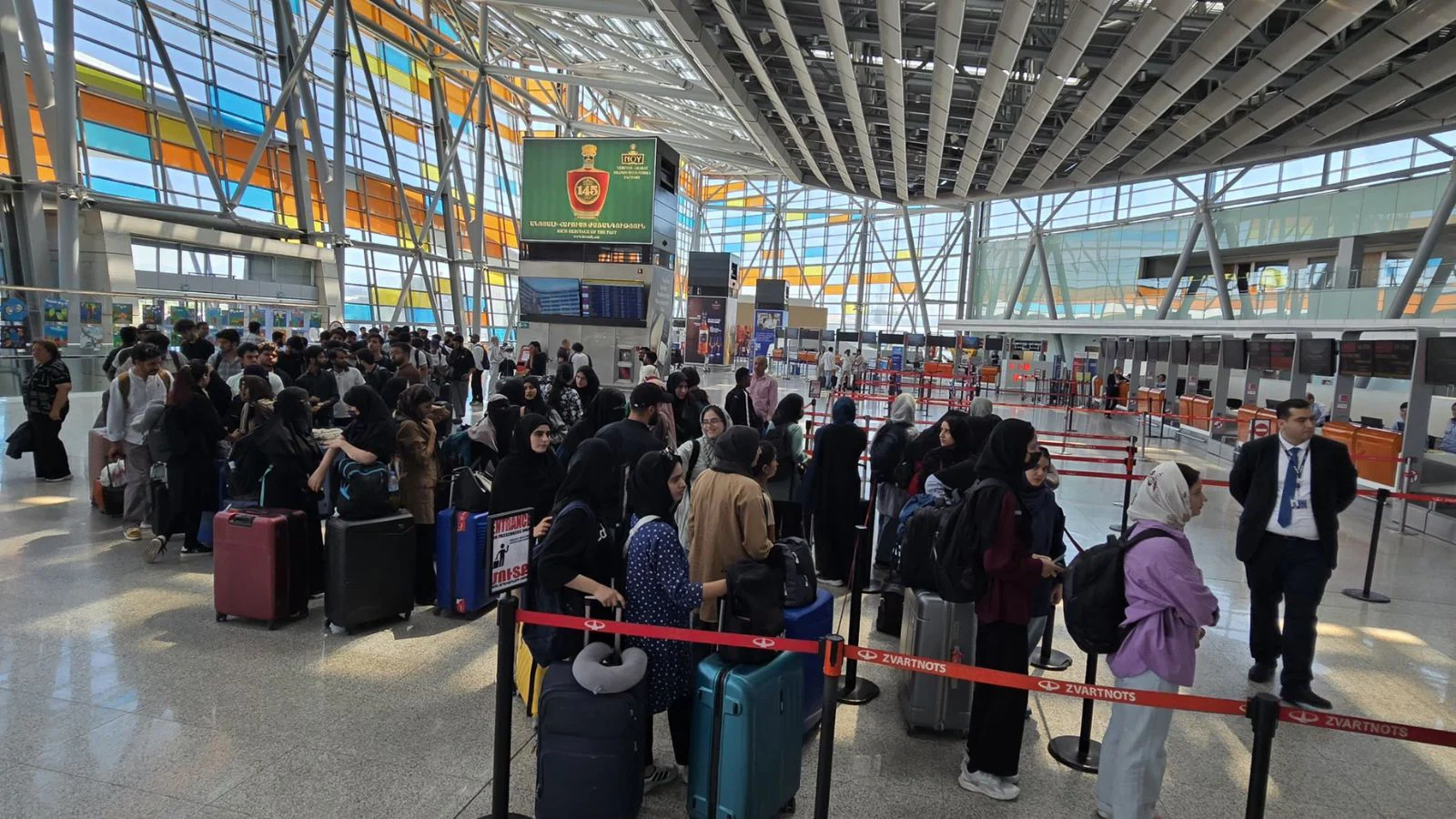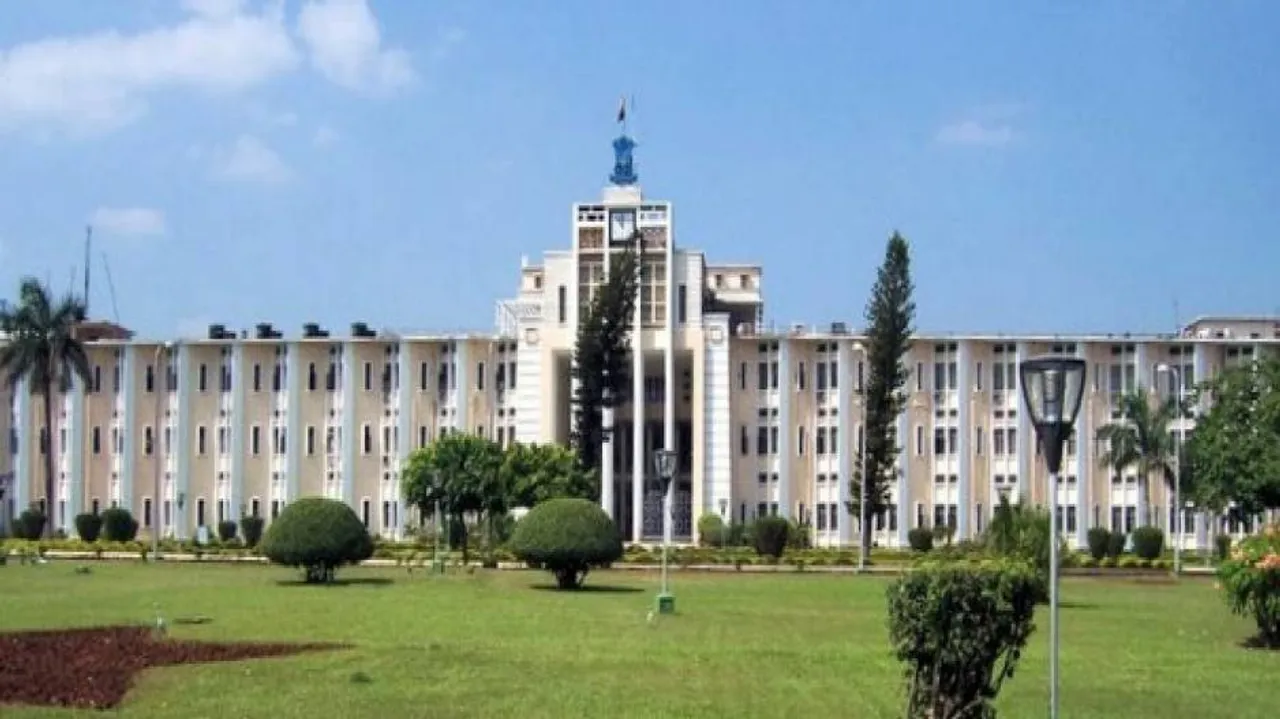NEW DELHI, June 19, 2025 — The Government of India has launched ‘Operation Sindhu’ to evacuate Indian nationals from Iran, as fears of a potential full-scale military conflict between Iran and Israel, backed by the United States, grow stronger. The first batch of evacuees — 110 Indian students — has safely reached New Delhi in the early hours of Thursday, after transiting through Armenia.
According to the Ministry of External Affairs (MEA), the students were evacuated from northern Iran on June 17 and assisted in crossing the border into Armenia by road, under the supervision of the Indian missions in Tehran and Yerevan. A special flight carrying them departed Yerevan at 14:55 hours on June 18 and arrived in Delhi shortly after midnight, marking the initial phase of Operation Sindhu.
Some Indian Students Injured in Iran Strike
Amid the evacuation, the Iranian embassy confirmed that a few Indian students were injured in a recent strike. The Iranian foreign ministry is said to be in close coordination with Indian authorities in Tehran. The exact nature and extent of the injuries are yet to be officially confirmed by India.
MEA: Prioritising the Safety of Indians Abroad
In an official statement, the MEA said:
“In view of the deteriorating situation due to the ongoing conflict between Iran and Israel, the Government of India has been actively working over the past several days to ensure the safety and security of Indian nationals in Iran.”
The statement further added:
“India accords the highest priority to the safety of its citizens abroad. As part of Operation Sindhu, the Indian Embassy in Tehran is assisting large numbers of nationals to relocate from high-risk areas to safer regions, with eventual plans for full evacuation via feasible routes.”
Over 4,000 Indians in Iran, Majority Are Students
India estimates that over 4,000 nationals are currently in Iran, with nearly half being students. Following advisories issued earlier this week, the Indian government had already urged its citizens to leave Tehran, especially as hostilities escalated after a series of airstrikes and retaliatory actions in the region.
Armenia Facilitates Safe Passage Amid Regional Complexities
India thanked Iran and Armenia for facilitating the safe passage of evacuees. The MEA acknowledged the logistical and diplomatic support extended by Armenia — one of the few neighboring countries of Iran with which India maintains cordial relations.
With limited friendly neighbors around Iran, India faces a diplomatic and operational challenge in the evacuation effort. Turkey, Azerbaijan, and Pakistan are considered less viable options due to strained or complex diplomatic ties, while India lacks formal relations with Afghanistan.
Other potential exit routes include:
-
Turkmenistan and Iraq (amicable relations)
-
Persian Gulf maritime evacuation, possibly via Saudi Arabia or Kuwait
India is reportedly coordinating with all friendly countries in the region to keep evacuation channels open for its citizens.
24×7 MEA Control Room Active for Emergencies
The MEA has activated a 24×7 control room in New Delhi and has urged all Indians in Iran to stay in touch with the Indian Embassy in Tehran via designated emergency helplines for real-time assistance.
Geopolitical Context: Operation Sindhu Follows Operation Sindoor
Operation Sindhu comes just weeks after India launched Operation Sindoor, a targeted military action in Pakistan-occupied Kashmir (PoK) in response to the Pahalgam terror attack in April. That operation had already heightened India’s diplomatic sensitivities in the region, complicating further responses to external crises such as the Iran-Israel conflict.











